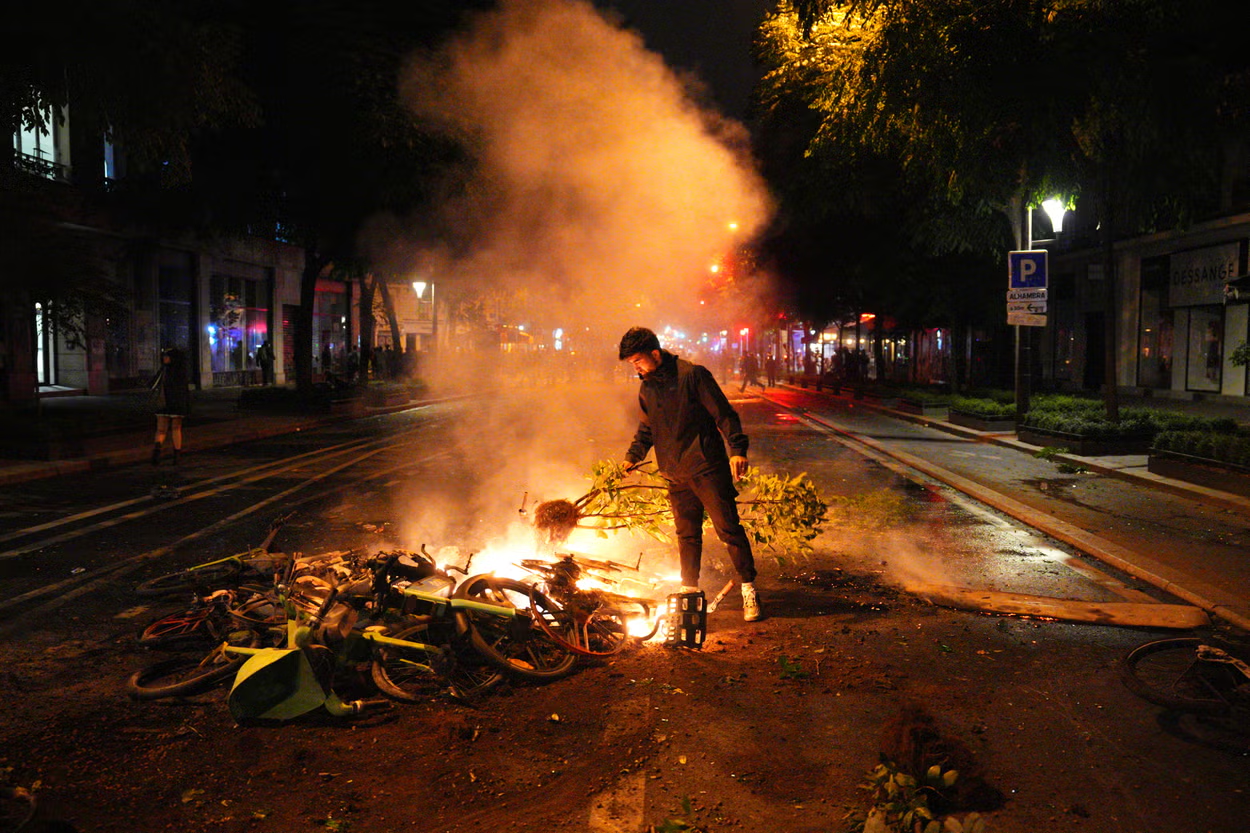In August 2022, Thomas and Diane Lamarco filed suit in the eastern district of New York. This is a different challenge to §922(g).
If you read §922(g), or you are familiar with from 4473, you know there is a long list of people that are prohibited from possessing firearms. We are currently arguing about the constitutionality of most of §922(g).
In Rahimi the Supreme Court said that people who have been adjudicated guilty in a court of law of being a credible threat of physical violence to another, can be temporarily denied their Second Amendment protected rights.
The Supreme Court has not said anything about non-violent people, nor about people who have served their time.
But did you know that there is another entire group of prohibited people? There is.
These are the people that reside on the same property as a prohibited person. The state assumes that if a person resides at a property, they have access to any of the firearms at that property. It doesn’t matter whether the firearm is secured or not. The state assumes the prohibited person has access.
At some point, officers responded to a “mental health assistance” call for somebody else at the residence. This response, in Suffolk County, means that the other residents lose their gun rights.
The LaMarcos make no effort to explain how the suspension of their pistol licenses supposedly constitutes a Second Amendment violation. Rather, they audaciously assert that they are not required to do so. They contend that under
New York State Rifle & Pistol Ass’n, Inc. v. Bruen, 597 U.S. 1, 142 S. Ct. 2111, 213 L. Ed. 2d 387 (2022) (“
Bruen”), decided after the suspensions, defendants must affirmatively justify their actions because the possession and carrying of handguns for self-defense is within the “plain text” of the Second Amendment.
—
LaMarco v. Suffolk County, No. 2:22-cv-04629, slip op. at 6 (E.D.N.Y.)
They want to keep and bear arms. The Second Amendment is implicated. The burden shifts to the state to prove a historical tradition of matching firearms regulations in this Nation’s history.
This was filed on July 1st. The court was having none of it.
In its papers, the Suffolk County Attorney fails to argue the proper application of New York State Rifle & Pistol Ass’n, Inc. v. Bruen, 597 U.S. 1, 142 S. Ct. 2111 (2022) by dodging the issue, asserting that the subject matter of this case is somehow outside the ambit of the Second Amendment. See Docket Entry 28-35 at 11-13. This assertion is spurious, seemingly interjected for dilatory purposes. It is obvious that this case involves the proper application of the Second Amendment, and arguments surrounding Bruen are critical to its proper resolution. Indeed, Ms. Zwilling, the Assistant County Attorney handling this case, is well aware of the applicability of the Second Amendment given her work in Torcivia v. Suffolk Cnty., New York. 409 F. Supp. 3d 19, 36 (E.D.N.Y. 2019), affid, 17 F.4th 342 (2d Cir. 2021) (“There can be no question that [Suffolk County’s] Revocation and Seizure Policies implicated conduct within the scope of the Second Amendment. At least least one of the Policies resulted in the revocation of Plaintiff’s pistol license and the temporary seizure of Plaintiff’s firearms, and limited Plaintiff’s ability to possess handguns.”). Moreover, the County’s assertion that Bruen is not retroactive is equally preposterous. See, e.g., Passalacqua v. Cnty. of Suffolk, No. 19-CV-5738 (GRB)(SIL), 2022 WL 21795141, at *3 (E.D.N.Y. Dec. 9, 2022) (“Further, the fact that the events at issue took place prior to the Supreme Court’s decision in Bruen has no bearing on its applicability to the present motions.”) (citation omitted). Notably, Ms. Zwilling also represents the County in Passalacqua. Thus, the County is DIRECTED to file a supplemental brief of no more than 10 pages setting forth its position on the proper application of Bruen and United States v. Rahimi, No. 22-915, 2024 WL 3074728 (U.S. June 21, 2024) to the pending motion within 10 days. Counsel for plaintiffs shall have two weeks to file a response. Given the absence of a good faith basis for the County’s position, the Court will, pursuant to Rule 11, award Plaintiffs’ attorneys’ fees for the preparation of this supplemental brief. Ordered by Judge Gary R. Brown on 7/2/2024.
This is a text order, there is no citation to a paper. It is in the docket for the case.
This is a spanking of the state. No doubt about it. Good news.










